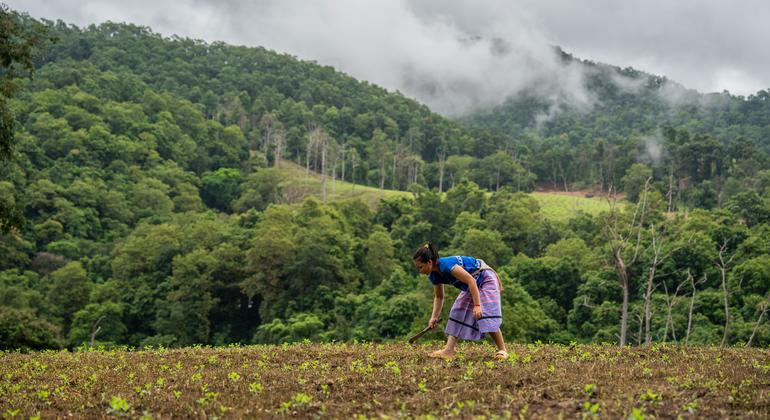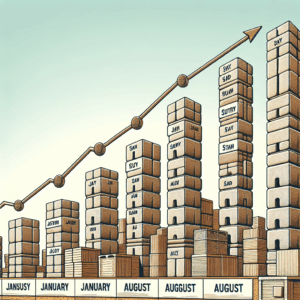In northwest Thailand, the communities of Mae Hong Son and Tak are facing a concerning threat to their delicate relationship with nature, which has been fundamental to their life and culture for centuries. These populations, who depend on their rivers and forests, have raised their voices in defense of their environment against proposals to divert and dam the Yuam River and its tributaries. This call to action comes in a broader context, where the “2025 Interconnected Disaster Risks” report from the United Nations University highlights how disasters can interrelate and how human behaviors influence these events.
The inhabitants of these regions, including members of the Karen indigenous people and the Thai Lanna community, have expressed their deep commitment to protecting their environment. Singkarn Ruenhom, a fisherman from the Lanna community, emphasizes the vitality of the river for his way of life, stating that protecting the aquatic ecosystem goes beyond economic considerations, reflecting his spiritual connection with nature. “When I go into the water, I feel happy. It’s the feeling that I have come home,” he mentions, highlighting how nature has woven a fundamental part of his personal and cultural identity.
Dao Phrasuk Moepoy, an activist from the Karen community, also emphasizes the interconnection of their existence with the natural environment. She explains that the life of her community is inexorably tied to both the forest and the river, and warns that any attempt to alter these elements could devastate their traditional and cultural ways of life. “If someone wants to do something to nature, they must think carefully,” Dao emphasizes, underscoring that the loss of these resources would be irreversible.
The situation in Mae Hong Son and Tak lies at the intersection between a growing threat from development and a call for conservation. The report from the United Nations University highlights the urgency of redefining our values and priorities in a world facing increasingly larger environmental challenges, calling for consideration of the well-being of communities living in harmony with nature as a pillar of a sustainable future. Thus, the struggle to protect these natural spaces, and therefore the way of life of their inhabitants, remains a battle of great significance and relevance.
via: MiMub in Spanish











